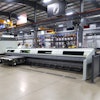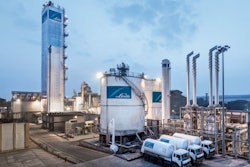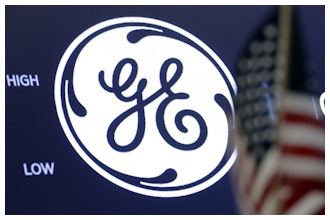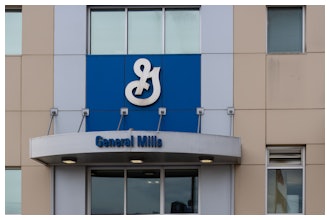What does technology that allows us to view Earth from the International Space Station as it orbits around the planet have to do with supply chain management? Or technology that helps authorities pinpoint and deploy vital resources during a catastrophic natural disaster? The ability to track and analyze big data in real-time.
The growing demand for immediate information in business has driven the creation of real-time solutions by geospatial engineering firms such as NAG Inc. based in Los Angeles. Using web-based mapping technology, NAG creates advanced consumer reporting solutions that allow manufacturers, retailers and distribution companies to collect and crunch real-time inventory and sales data, and make it usable in seconds.
“In the business world time is money and having access to information when you need it makes all the difference between productivity and wasted resources,” said Swapan Nag, CEO of NAG, Inc. “Geospatial solutions are paving the way for more efficient and cost-effective companies by arming managers with the timely business intelligence they need to make important decisions.”
With the need to get the right product to the right place in the right quantity at the right time, the ability to make immediate production adjustments based on real-time sales trends, and accurately track inventory at various stages of the distribution cycle, can be a game changer.
Cost control, customer service and planning are some of the top challenges of supply chain management. All require the continuous assessment of market conditions and operational performance. Geospatial reporting systems are addressing each of these concerns with their ability to quickly process metric data and illustrate real-time information flows that companies can easily understand.
“We provide a real visual of what is happening, when it’s happening,” said Nag. “This picture allows businesses to adapt quickly to market trends by bridging the information gap, which increases product success and reduces time-to-market. With increased productivity and reduced waste, products are created and delivered faster and cheaper.”
It also opens the doors to creating products based on what consumers actually need and are buying, rather than on what companies think they want according to Nag. He explains that companies no longer have to expend a massive amount of resources to convince consumers to want a product. Geospatial technology eliminates the guesswork and helps companies get in sync with their customer’s wants and needs.
“For companies in industries like automobile manufacturing where personal preferences are king, this can be very valuable,” said Nag. Different demographic groups and markets all have their own preference on what colors and features they want their cars or trucks to have, and creating a winning product mix for each model series can be impossible. But, “what if you could customize cars to the specifications that are in demand right now, and deliver them to the markets where they are needed?” said Nag.
With a real-time inventory reporting auto manufacturers could easily identify a sales trends in each of their key markets, and immediately adjust their production schedules to customize models for dealers in specific markets. This also helps manufacturers decrease under-performing products, or shipping goods to places where they are not performing well.
Nag also cites that Geospatial reporting systems can also help companies optimize the allocation of advertising and marketing dollars. By mining trends as they develop within different geographic segments, businesses can create and change psychographic tapestry profiles of customers associated with each product. These systems also account for regional differences and can be used to design effective marketing messages for specific media fragments.
“Business will better understand who their customers are and know where, when and how to approach them,” said Nag.
Accurate and timely business intelligence is invaluable. With real-time analytics, geospatial reporting systems are enhancing the world of supply chain management, and creating faster and smarter companies.
Lindsay Themea is a freelance writer and vice president of Desmond & Louis based in Southern California. Reach her at [email protected]. Swapan Nag is CEO of Nag, Inc. and can be reached at [email protected].























